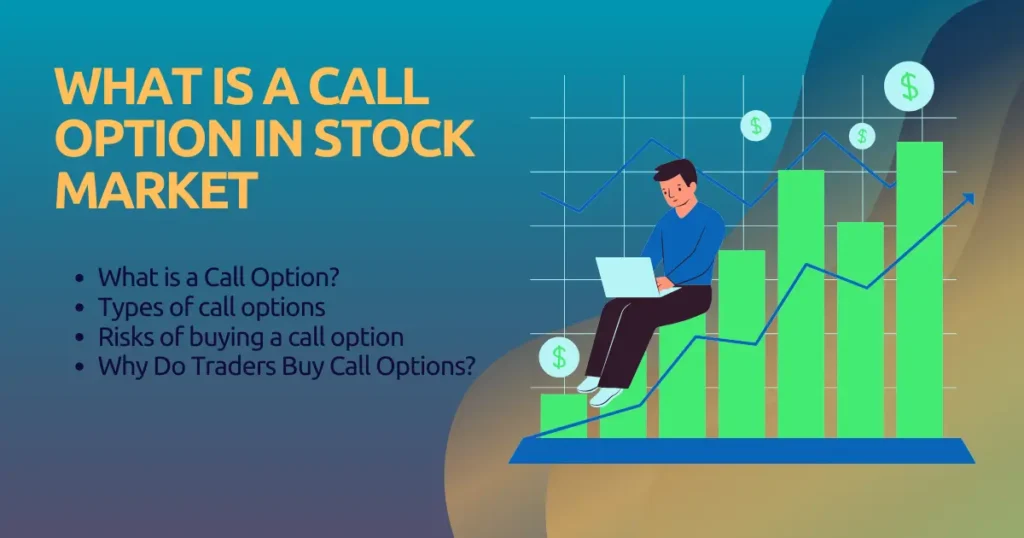
Intraday Trading Strategies: A Complete Guide to Day Trading Success
Intraday trading, or day trading, refers to the practice of purchasing and selling financial assets within a single trading session. It is a high-intensity trading style that takes advantage of small price movements in stocks, indices or other assets. Successful intraday trading requires a deep understanding of the market, real-time decision-making and disciplined execution.
Basic Requirements of Intraday Trading
Day traders need to understand key concepts such as market volatility, liquidity and the use of leverage. It is important to have access to a reliable trading platform, high-speed internet and analytical tools to monitor real-time market changes.
Different types of Intraday Traders
- Scalpers: A scalper in the stock market is a trader who focuses on making small, quick profits by buying and selling stocks within very short time frames, often holding positions for a matter of seconds or minutes. Scalpers typically make a large number of trades throughout the day, aiming to profit from small price fluctuations. They rely on stocks with high liquidity to ensure they can enter and exit positions quickly without significant price drops. Scalping requires a high level of skill, speed, and access to real-time data and tools, as the profits from each trade are small but accumulate over many trades.
- News-Based Traders: News-based traders focus on market-moving events such as earnings reports, economic data, quarterly results or geopolitical developments. Their trading activity depends heavily on the frequency of such news events. They react immediately to price fluctuations triggered by breaking news, using tools such as news feeds, economic calendars, sentiment analysis and other resources related to specific stocks or indexes. Some traders also use TV channels such as Zee TV and CNBC Awaaz for trading.
- Momentum and Breakout Traders: These traders focus on identifying opportunities when a stock’s price breaks out of a predefined range, typically moving beyond resistance or support levels. They use tools such as Bollinger Bands, breakout scanners, and volume spikes to pinpoint potential breakouts. To maximise profits, these traders aim to enter trades as early as possible during the breakout phase, taking advantage of the momentum generated by the price movement.
- Swing Traders: Swing traders primarily focus on short-term price reversals, aiming to profit from temporary price corrections or reversals. While swing trading traditionally spans a few days, some intraday traders adapt these principles within a single trading session. These traders are highly selective, concentrating on a few high-probability trades to maximise their gains. To identify such opportunities, they rely on tools like candlestick patterns, support and resistance levels, and Fibonacci retracements, ensuring a strategic approach to capturing market movements.
- Range Traders: Range traders focus on identifying projected price ranges in stocks and trading within those ranges. They typically buy at support levels and sell at resistance levels, taking advantage of a stock’s movements within a set range. This moderate trading approach involves analysing range-bound stocks and making profits by targeting these projected price areas. To increase accuracy, range traders often use tools such as pivot points, Bollinger bands, support and resistance levels to make informed trading decisions.
- Hedgers: Hedgers use a mix of hedging strategies to maximise profits and manage risks. They use some common strategies such as news-based trading, momentum and breakout trades. Support and resistance, Bollinger bands. Candlestick patterns and range bound markets. By combining these methods with hedging, they build positions and make profits from the market.
Essential terms in intraday trading
It is very important to understand terms such as bid-ask spread, volume, stop-loss and take-profit. These concepts help traders make informed decisions and minimise risks.
Market Trend Analysis for Intraday Trading
Traders rely heavily on technical analysis, using tools such as moving averages, Bollinger bands and the RSI (Relative Strength Index). Although fundamental analysis plays a smaller role, corporate news and earnings reports can also influence intraday trading.
Keep these things in mind before trading in intraday
- A clear entry and exit plan
- Defined risk vs reward ratio
- Frequent backtesting to validate the approach
Top 5 Popular Intraday Trading Strategies
- Moving Average Crossover Strategy: This strategy uses two moving averages to identify trend shifts – one with a shorter 20 period and the other with a longer 50 period. A potential uptrend is indicated when the short-term 20 moving average crosses above the long-term 50 moving average, while a crossover below indicates a downtrend. Traders use this to time entries and exits effectively.
- Breakout Strategy: The breakout strategy involves trading when an asset’s price moves beyond a predefined resistance or support level. Breaking resistance often signals upward movement, while breaking below support signals downward movement. The aim of this strategy is to capture significant price movements during the breakout phase.
- Reversal Strategy: The reversal strategy tries to make a profit when a strong price trend changes direction. Traders use tools such as candlestick patterns, oscillators, and trendlines to predict potential reversals, entering trades as soon as the price begins to move in the opposite direction of the current trend.
- Gap-up and gap-down strategy: This approach focuses on the price gap that occurs between a stock’s closing price on the previous day and its opening price the next day. Gap-up (the price opens higher) and gap-down (the price opens lower) conditions often create quick trade opportunities during market opening as traders take advantage of these price discrepancies.
- VWAP strategy: Traders buy when the price moves above the VWAP in a bullish trend and sell when the price drops below it in a downtrend. This depends on whether you can combine the VWAP with other indicators for confirmation.
How to Manage Risk in Intraday Trading
Risk management is very important in day trading. Follow the following golden rules to keep losses under control:
- Set a stop loss: Always keep a predetermined level to limit your losses.
- Limit your position size: Never risk more than 2% of your total capital on a single trade.
- Diversify your trades: Avoid putting all your eggs in one basket.
- Stick to a trading plan: Discipline is key to minimise impulsive decisions.
- Evaluate your trades: Analyse both wins and losses to improve.
Remember: Protecting your capital is as important as making profits.
Common Mistakes to Avoid In Intraday trading
- Chasing the trend: Jumping into a trade without confirmation can lead to losses.
- Ignoring stop-loss: Always protect your capital by setting a stop-loss level.
- Ignoring risk management: Never risk more than 1-2% of your trading capital on a single trade.
Conclusion
Making profits in intraday trading is easy, but it requires a strategic approach and disciplined execution. By learning key strategies like breakouts and VWAP, understanding the types of traders, and prioritizing risk management, traders can successfully navigate the fast-paced world of day trading. Please remember, protecting capital is as important as making profits.
Frequently Asked Questions on Intraday Trading Strategies
Which intraday strategy is best for beginners?
VWP is the best indicator for intraday which can be used by beginners but for capital protection they should use hedging strategies.
What are the best intraday trading strategies for volatile markets?
Breakout trading, pullback trading, and momentum trading are great for volatile markets.
What are the hedging strategies for intraday trading?
Hedging involves offsetting risk using techniques such as pair trading or option-based hedging.
How to manage risk in intraday trading?
Use stop loss, limit position size, and diversify trades to manage risks effectively.
Can I use hedging strategies to manage risk in intraday trading?
Yes, hedging strategies such as pair trading or using options can help minimise potential losses.
What tools are required for intraday trading?
Day trading requires technical charts, indicators, news platforms, trading journals, high-speed internet, reliable brokerage account, and many other things that a trader depends on.
Is scalping a good strategy for beginners?
Scalping can work for beginners, but it requires precision and discipline to manage risks.
What is the role of VWAP in intraday trading?
VWAP helps identify the average price level for the day, guiding your entry and exit points.
How do I stay disciplined while trading?
Stick to your trading plan, avoid overtrading and take breaks to manage stress.
